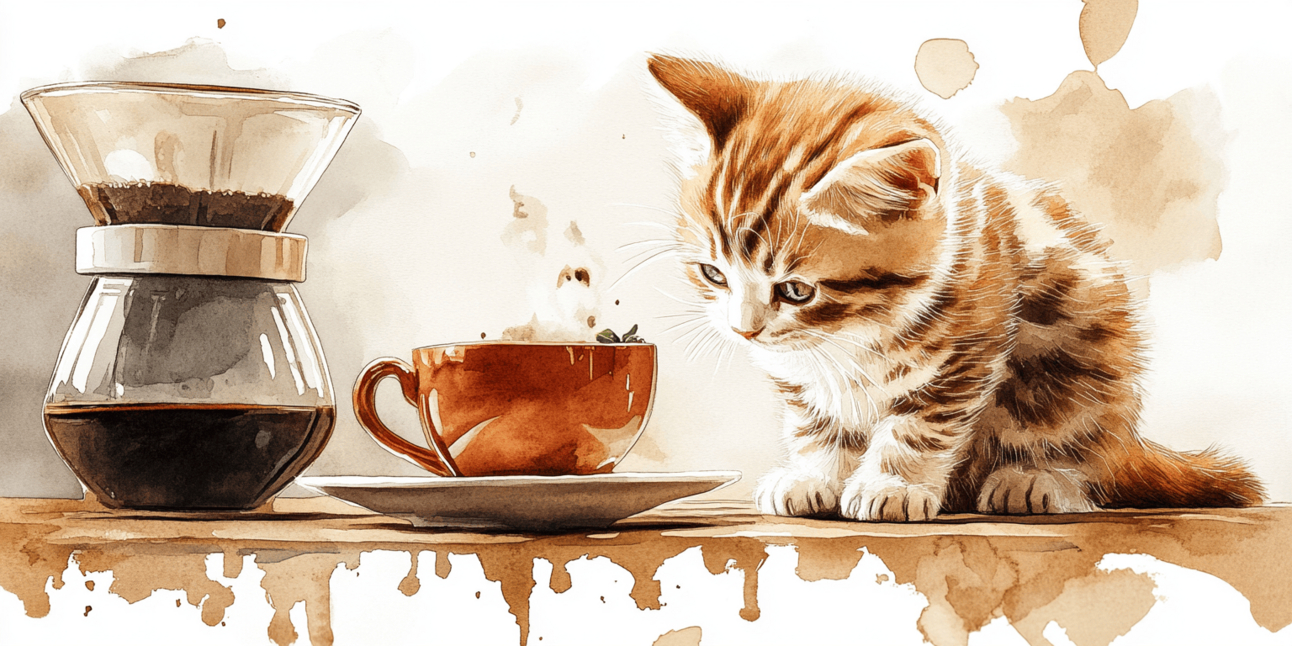Dissecting a versatile Pour Over Recipe
- recipes

Last we looked at how coffee can be brewed in its purest form, respecting the whole complex flavour profile of the coffee beans using the pour over method.
Today, I want to talk about a versatile recipe that lets you tweak and make differently tasting cups of coffee with the same set of coffee beans and equipment.
But first let us understand what goes behind the scenes while brewing coffee by jumping into a bit of science.
Magic Happens in Stages
We talked that to make a pour over, we add water to the filter with ground coffee in different pours, or different stages. At these different stages different flavours or compounds are extracted.
First come the acids – those bright, citrusy notes that make your taste buds dance. These little compounds (citric and malic acids) are eager to jump out in the first 30 seconds, especially if when the water is the hottest.
Then comes the sweet stuff. Between 30 seconds and 2 minutes, sugars and caramelized compounds start flowing in. These are what give your coffee that lovely sweetness.
Lastly tannins and bitter compounds start getting extracted. These make up the body of the coffee.
When everything is balanced, including the bitterness, a great cup of coffee takes shape.
This can easily be tested by changing the cup you are extracting into midway through the brew. Drinking from both the cups individually, beginning and the ending ones, wont be enjoyable but when mixed it becomes beautiful.
Enter Tetsu Kasuya's 4:6 Method
This Japanese champion figured out something brilliant. His method splits your brewing into two acts:
Act 1 (First 40% of water in 2 pours): This is where you control the sweet-acid balance. Want more tang? Make your first pour bigger. Craving sweetness like a good filter coffee? Make the second pour larger. You're literally controlling which compounds extract more!
Act 2 (Remaining 60% in 3 pours): This determines your coffee's strength and body. More pours = heavy body, fewer pours = lighter cup. Think of body as density. Full cream milk has heavy body and green tea has light body.
What about the other variables?
I like to set the temperature based on the roast level. Light roasts the hottest upto 96 deg and dark roast go as low as 85deg.
For the grind size, my standard grind is around 20 clicks on the Timemore C2. If it's too sour, I decrease. If it's too bitter, I increase.
With just this one recipe, I keep playing and experimenting for weeks.
I hope this helps in understanding the what happens when you make a pour over and helps your brewing.
That’s all I have. Have a caffeinated weekend.
See you.
Keep on brewing!